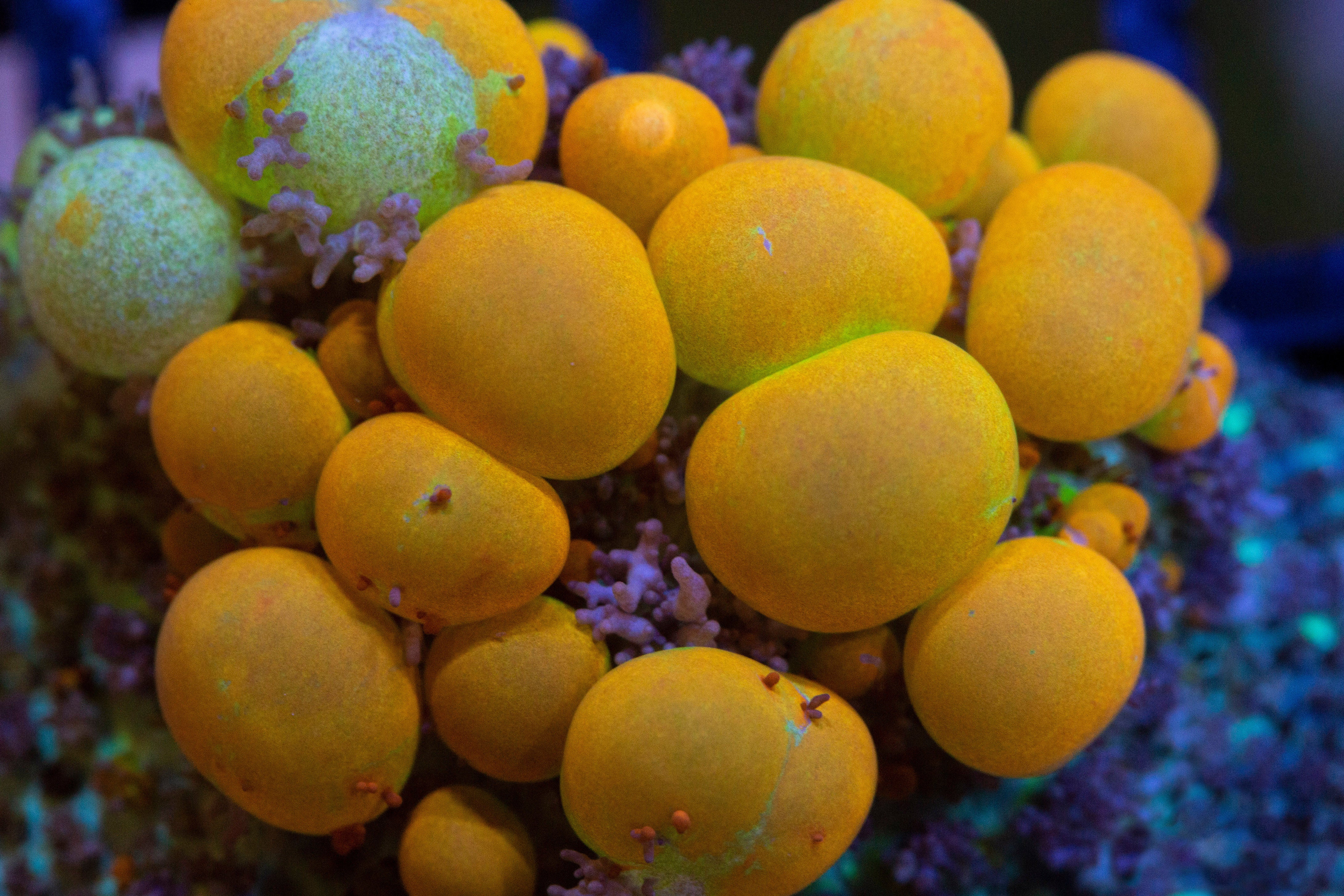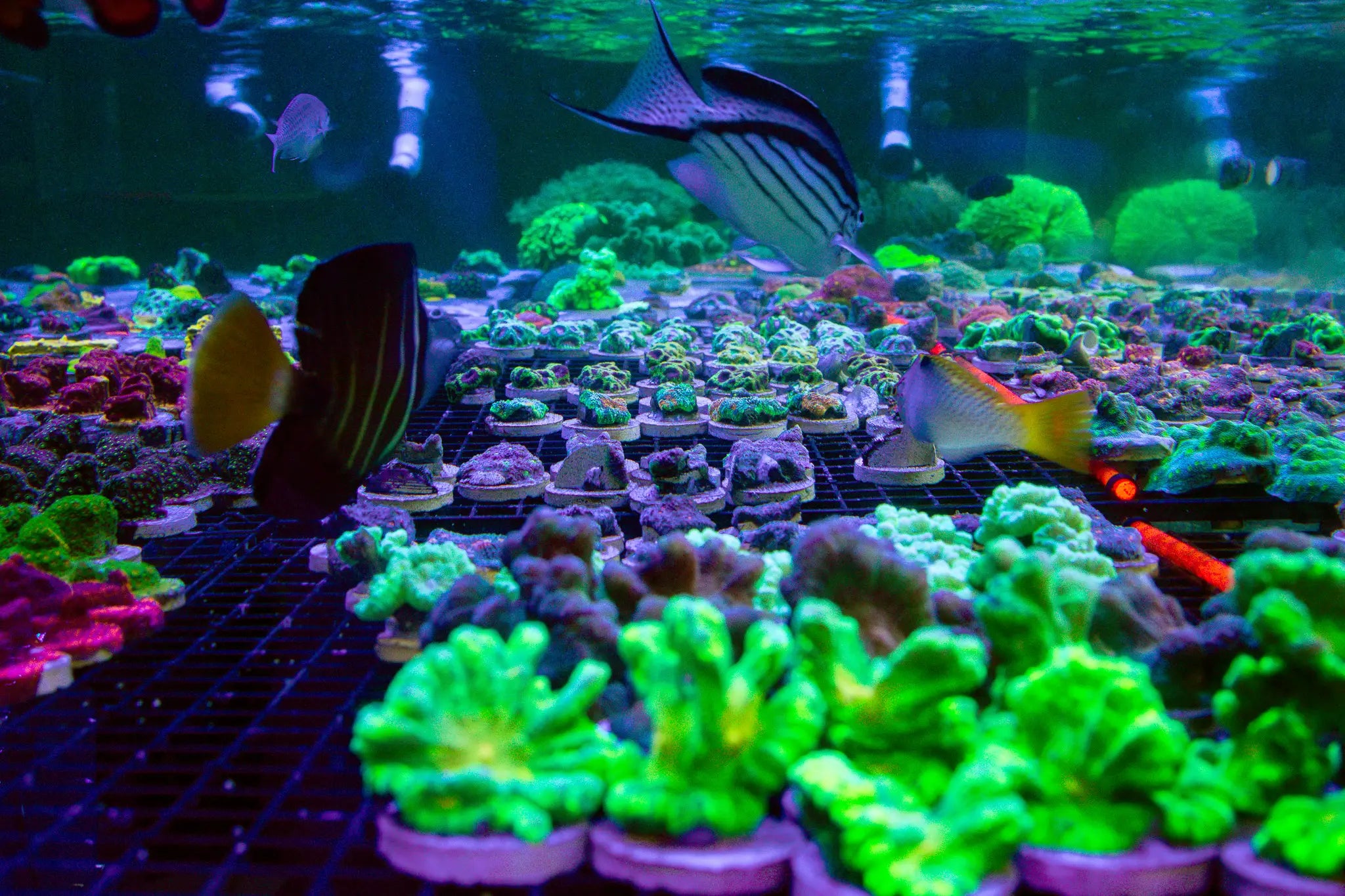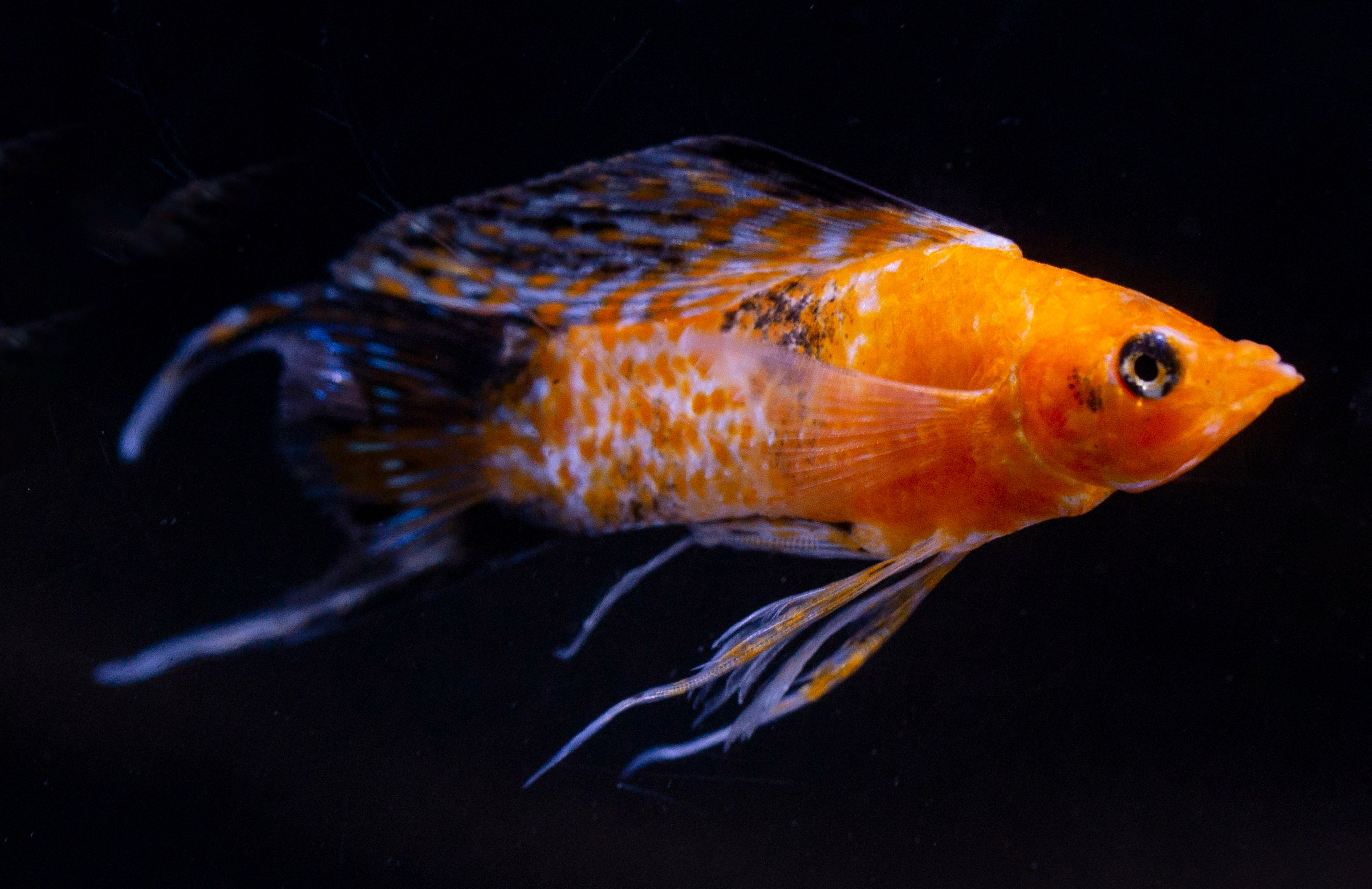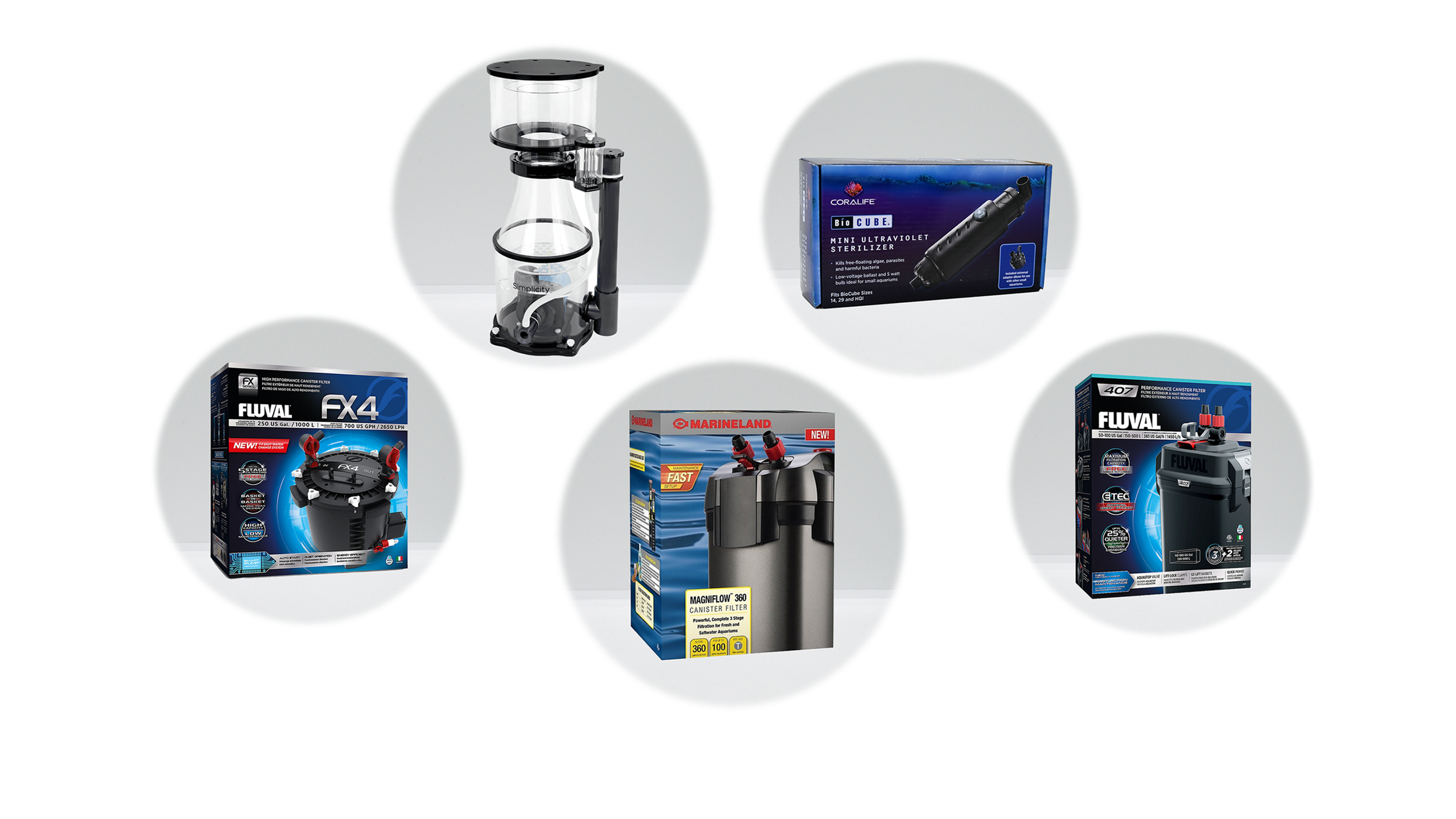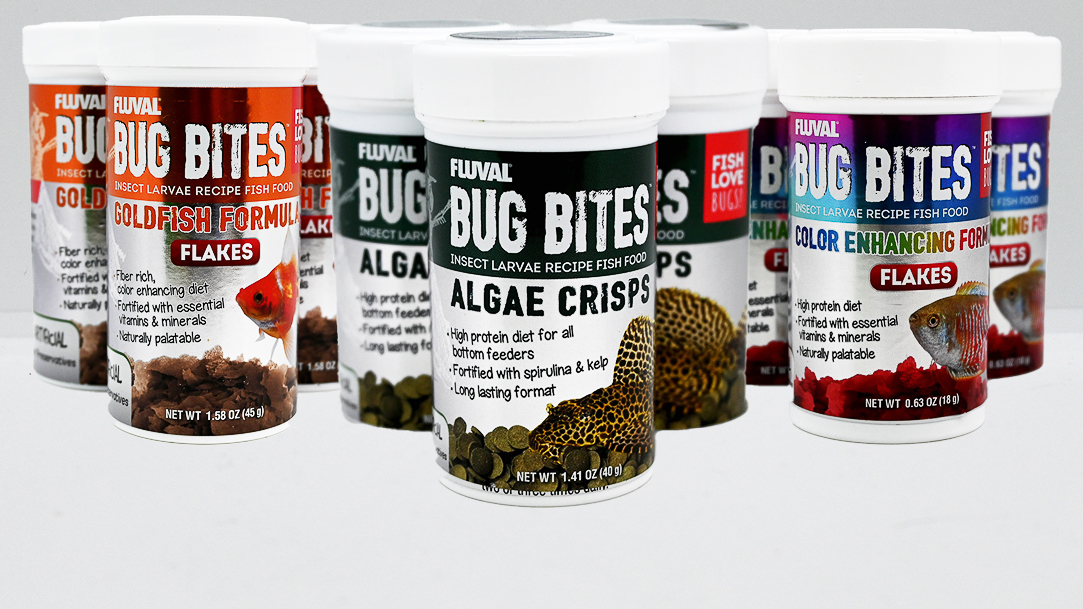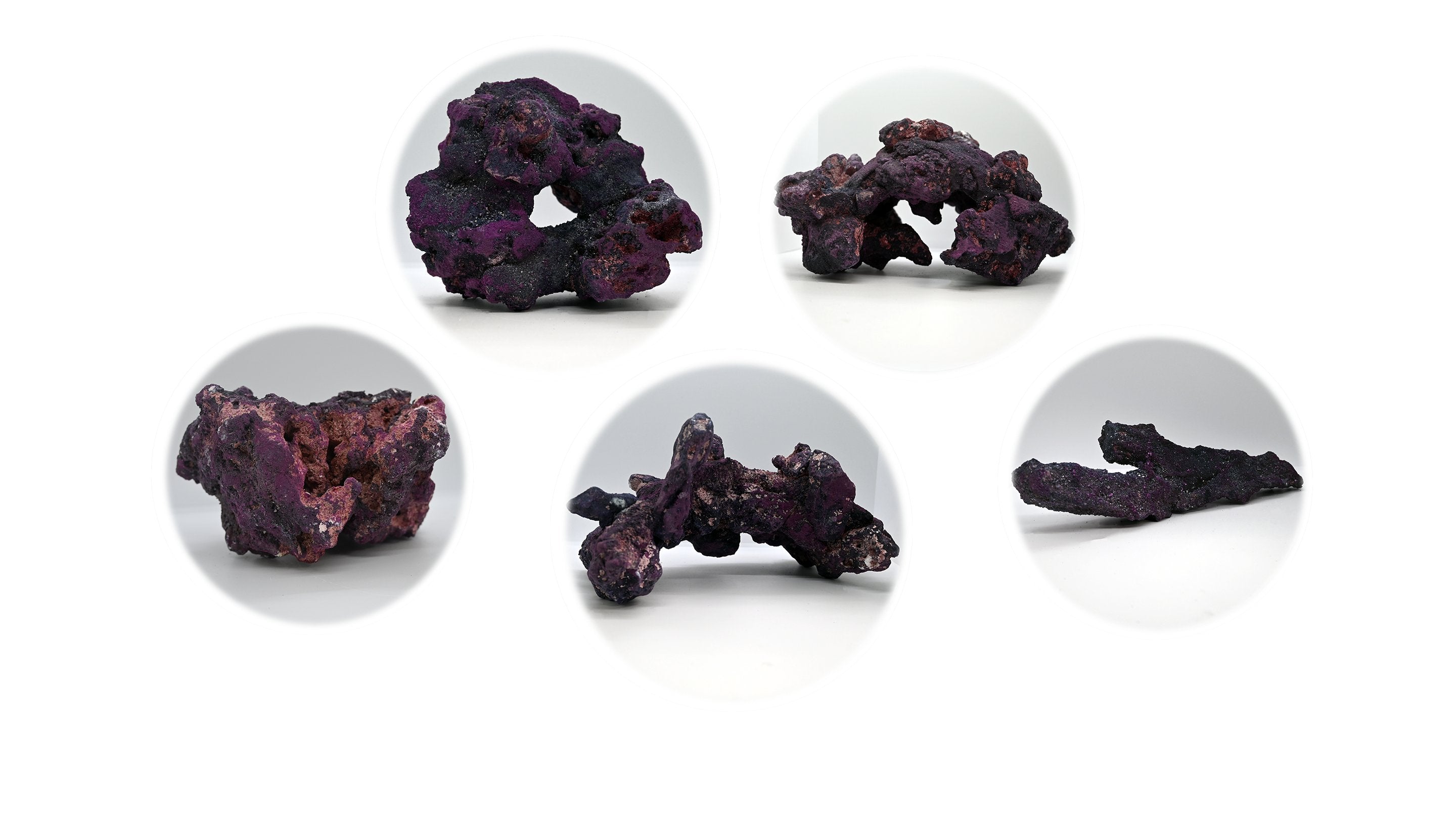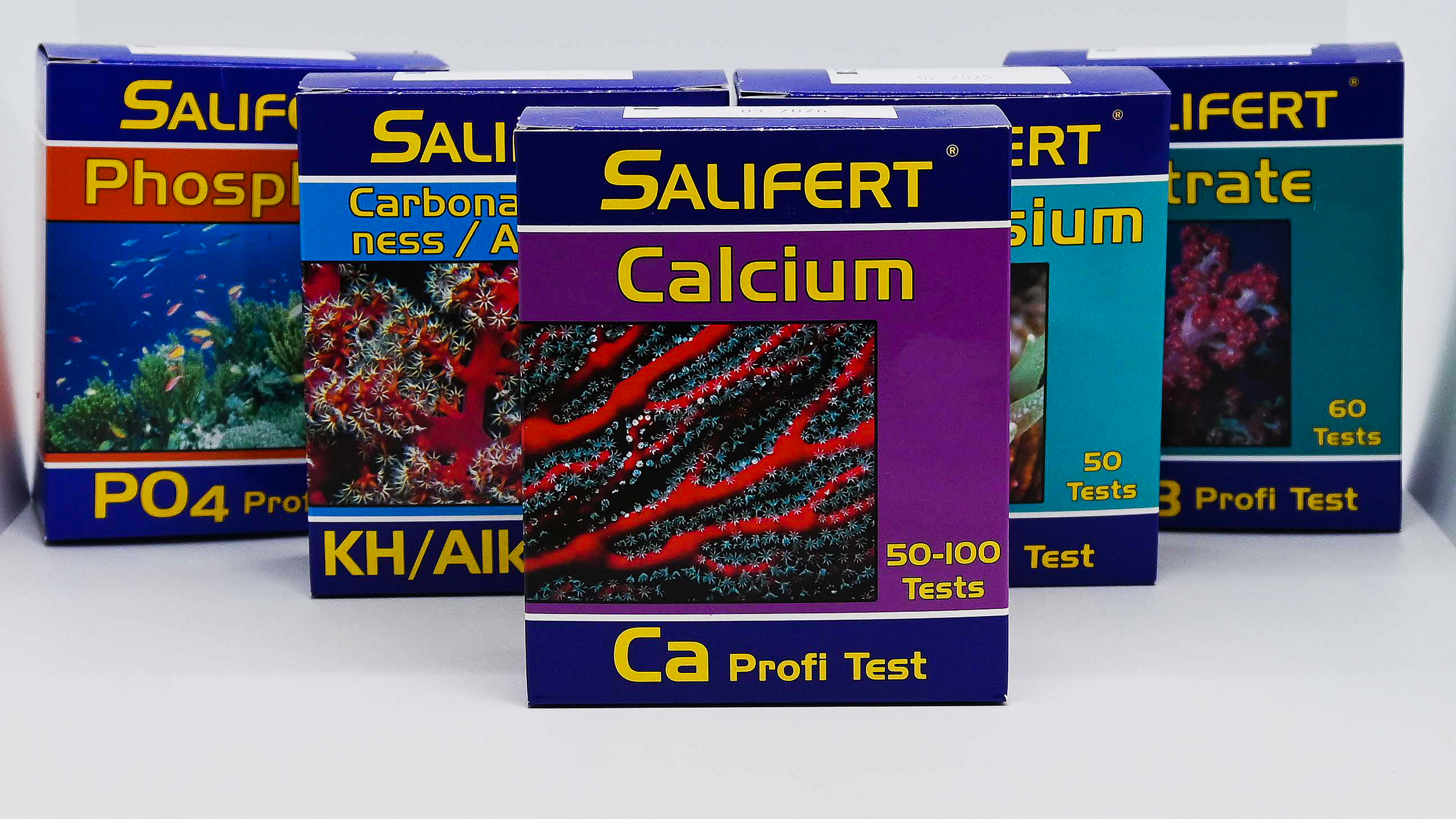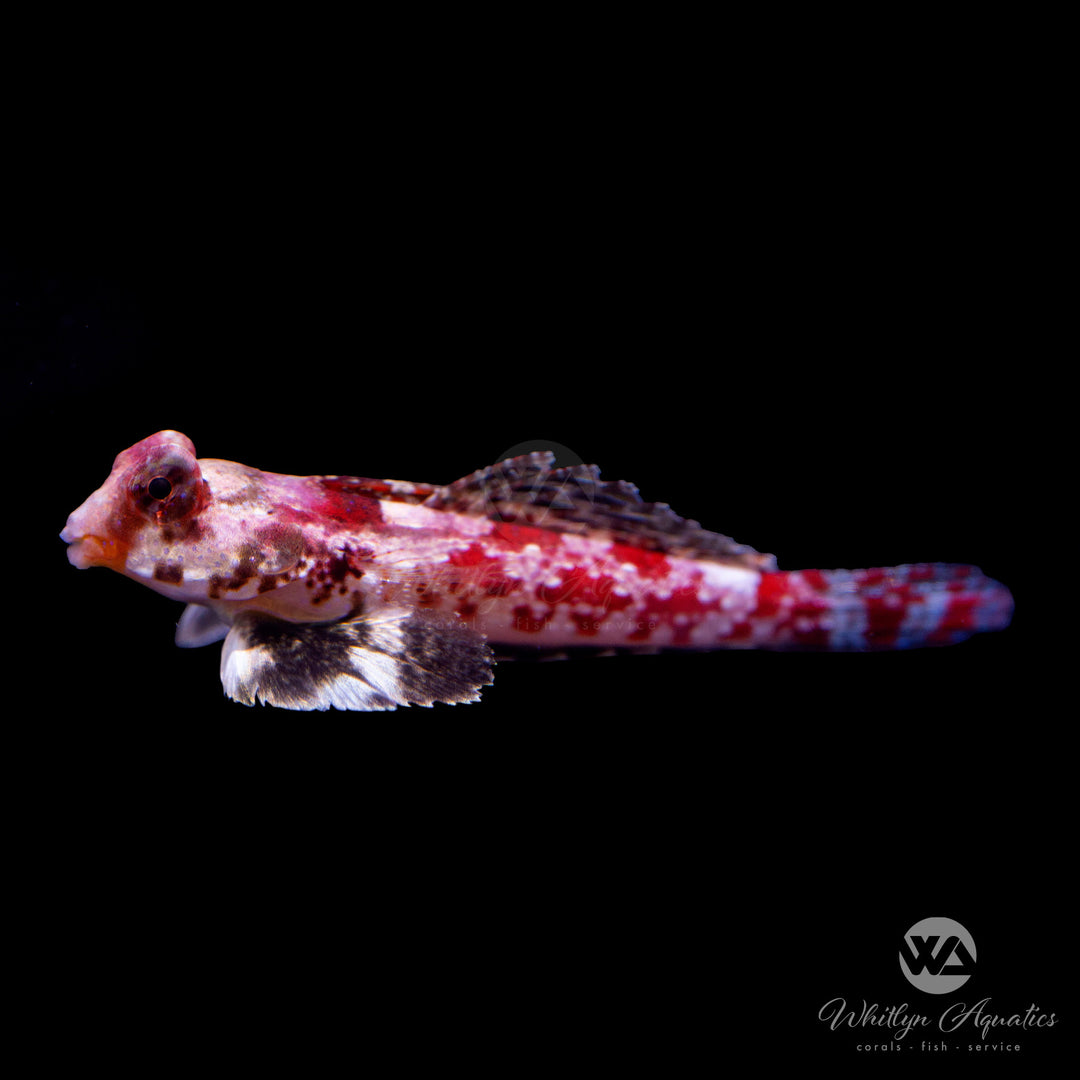
Red Scooter Blenny - Synchiropus stellatus
- In stock, ready to ship
- Backordered, shipping soon
The Red Scooter Blenny (Synchiropus stellatus) is a small, vibrant fish known for its stunning coloration and unique behavior. This peaceful and inquisitive species is a favorite among reef enthusiasts due to its beauty and its interesting feeding habits, particularly its reliance on copepods and other microfauna.
Description:
• Common Name: Red Scooter Blenny, Red Dragonet
• Scientific Name: Synchiropus stellatus
• Family: Callionymidae
• Size: Typically grows to about 2.5 inches (6 cm) in length.
• Coloration: The Red Scooter Blenny has a vivid red-orange body adorned with intricate white markings, which give it a dragon-like appearance. It also has large, expressive eyes and fan-like pectoral fins that it uses to “scoot” across the substrate.
• Lifespan: With proper care, it can live up to 5-7 years in a well-maintained aquarium.
Native Region:
The Red Scooter Blenny is native to the Indo-Pacific region, including areas like the Philippines, Indonesia, and the Great Barrier Reef in Australia. It is commonly found in shallow reef environments with sandy or rubble bottoms, where it can hunt for microfauna and hide in crevices.
Aquarium Setup:
• Tank Size: A minimum of 30 gallons (114 liters) is recommended for a Red Scooter Blenny, though a larger tank with live rock and a rich microfauna population is ideal. A well-established tank with plenty of hiding spots is essential for its comfort.
• Substrate: Fine sand or crushed coral substrate is preferred, as it allows the blenny to forage and hunt for copepods and other small organisms. It also helps the fish feel more secure.
• Live Rock: A tank with abundant live rock will provide hiding spaces and surfaces for beneficial microfauna, which are a key part of the Red Scooter Blenny’s diet.
Water Parameters:
• Temperature: 72-78°F (22-26°C)
• pH: 8.1-8.4
• Salinity: 1.020-1.025 specific gravity
• Alkalinity: 8-12 dKH
• Nitrate: Below 10 ppm
• Phosphate: Below 0.03 ppm
Care Level:
• Difficulty: Moderate. The Red Scooter Blenny can be a bit more challenging to care for due to its specialized diet. It thrives in well-established tanks with a healthy population of copepods and other small invertebrates.
• Diet: The Red Scooter Blenny is primarily carnivorous, feeding on copepods, amphipods, and other small invertebrates found in the aquarium. It’s a live food feeder, so it requires a tank with a rich population of microfauna to thrive. Supplementing its diet with frozen mysis shrimp or high-quality pellet foods can help if live foods are insufficient. It’s important to provide a tank that can support its feeding habits, as it may not accept prepared foods right away.
• Behavior: The Red Scooter Blenny is generally peaceful but can be territorial, especially when it comes to hiding spots or food sources. It is not a strong swimmer and prefers to stay near the substrate, using its pectoral fins to “scoot” along the bottom of the tank. It may also rest on the substrate or among rocks.
• Activity Level: Moderate to high. The Red Scooter Blenny is an active hunter, constantly searching for food and foraging through the substrate. It also enjoys darting in and out of rock crevices, making it an engaging and active species in a well-established tank.
Reef Compatibility:
• Reef-Safe: Yes, the Red Scooter Blenny is reef-safe. It does not pose a threat to corals or invertebrates and is primarily focused on hunting microfauna.
• Tank Mates: The Red Scooter Blenny can coexist with most peaceful species, such as clownfish, wrasses, gobies, and other small reef-safe fish. It should not be housed with more aggressive species that may compete for food or territory.
• Avoid: Avoid housing the Red Scooter Blenny with larger or more aggressive fish, as they may outcompete it for food. Also, avoid keeping it with other dragonets or species that might compete for similar food sources.
Tank Maintenance:
• Feeding: The Red Scooter Blenny is a specialized feeder that depends on a thriving population of copepods and other small invertebrates. To support this, it’s important to have a well-established tank with a large amount of live rock, which provides hiding places for these organisms. Supplement the diet with frozen foods like mysis shrimp, rotifers, or other small live foods. Some aquarists also use copepod cultures to maintain a steady food supply for this species.
• Water Quality: Regular water changes and good filtration are necessary to keep water parameters stable and ensure the health of the fish and the microfauna it depends on. A reliable protein skimmer and refugium (if available) can help maintain water quality while encouraging a healthy copepod population.
Additional Tips:
• Acclimation: When introducing the Red Scooter Blenny to a new tank, take care to acclimate it slowly to prevent stress. A drip acclimation method is often recommended to ensure the fish adjusts to new water conditions.
• Feeding Observation: Since the Red Scooter Blenny feeds on microfauna, it’s important to monitor its food intake. If it seems to be losing weight or not foraging effectively, consider supplementing its diet with frozen or live foods to ensure it is getting enough nutrition.
• Tankmates: Keep in mind that while the Red Scooter Blenny is peaceful, it can be territorial with others of its own kind, especially in smaller aquariums. A single specimen is typically recommended unless the tank is large enough to allow for multiple individuals to establish their own territories.





